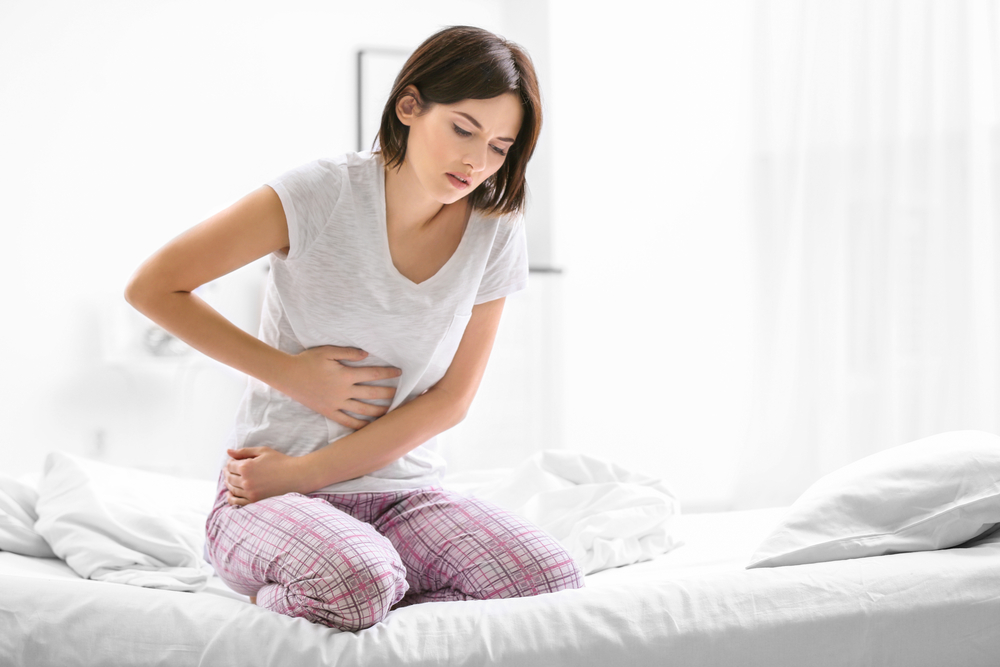Types
There are two types of pelvic pain: acute pelvic pain and chronic pelvic pain.
Acute pelvic pain begins over a short duration between few minutes to a few days. Acute pelvic pain can denote a disorder with bowel, bladder, or appendix can cause pain in the pelvic region. There could be other reasons as well including pelvic inflammatory disease, vaginitis, vaginal infections, , and sexually transmitted diseases.
Chronic pelvic pain can be constant or can be intermittent. Intermittent pain usually has a singular specific cause whereas constant pain may be the product of more than one problem. Most common example of chronic pelvic pain is dysmenorrhea or menstrual cramps. Adenomyosis, endometriosis, and ovulation pain are few other causes of chronic pelvic pain.
Other types include:
- Localized pain: Inflammation is the likely cause.
- Colicky pain: May be the result of spasming of soft organ such as the intestine, appendix or ureter.
- Sudden occurence of pain: Due to the temporary deficiency of blood supply most possibly because of blockage in the blood circulation.
- Slowly-developing pain: Inflammation of appendix or an intestinal obstruction may be the culprit.
- Pain involving the entire abdomen: This may suggest accumulation of pus, blood, or intestinal contents.
- Pain aggravated by movement or during examination: Irritation in the lining of the abdominal cavity may be the likely cause.
Symptoms
- Worsening of menstrual cramps
- Menstrual pain
- Vaginal bleeding, spotting or discharge
- Painful or difficult urination
- Constipation or diarrhea
- Bloating or gas
- Blood seen with a bowel movement
- Pain during intercourse
- Fever or chills
- Pain in the hip area
- Pain in the groin area


